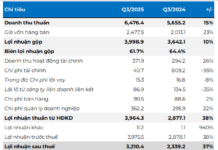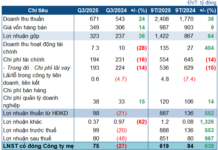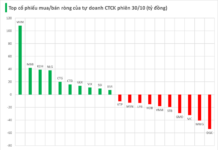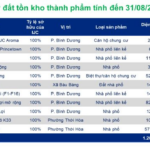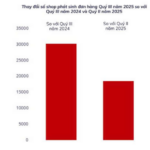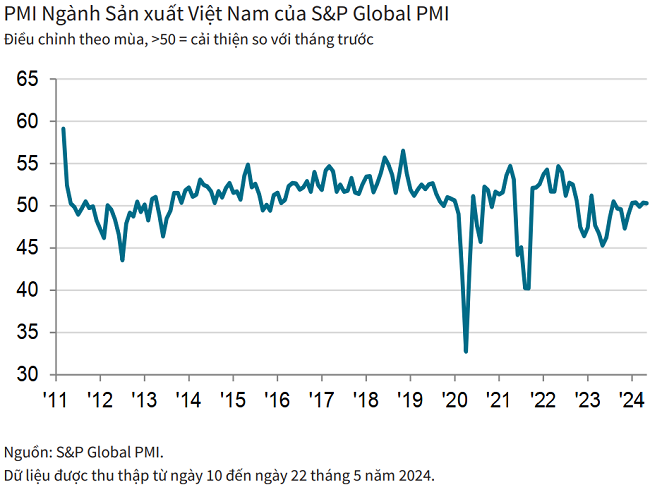A wave of positive signals from policies, strong participation of both domestic and foreign investors, and foreign capital inflows have made M&A in the real estate sector the focal point of the market.
A Series of Billion-Dollar Deals
According to Grant Thornton’s data, in July alone, Vietnam recorded 34 completed M&A transactions across various sectors, totaling nearly $786 million. Real estate continued to dominate with seven deals worth $483 million, accounting for 62% of the market. This recovery, according to the research firm, stems from significant legal reforms such as the 2024 Land Law and the Digital Technology Law enacted in June 2025, along with improved capital absorption in the market.
A report by the Statistics Bureau (Ministry of Finance) also showed that in the first seven months of 2025, total registered foreign investment (including new and additional capital and M&A) reached $24.09 billion, up 27.3% over the same period. The highlight was the series of transactions related to the real estate sector.
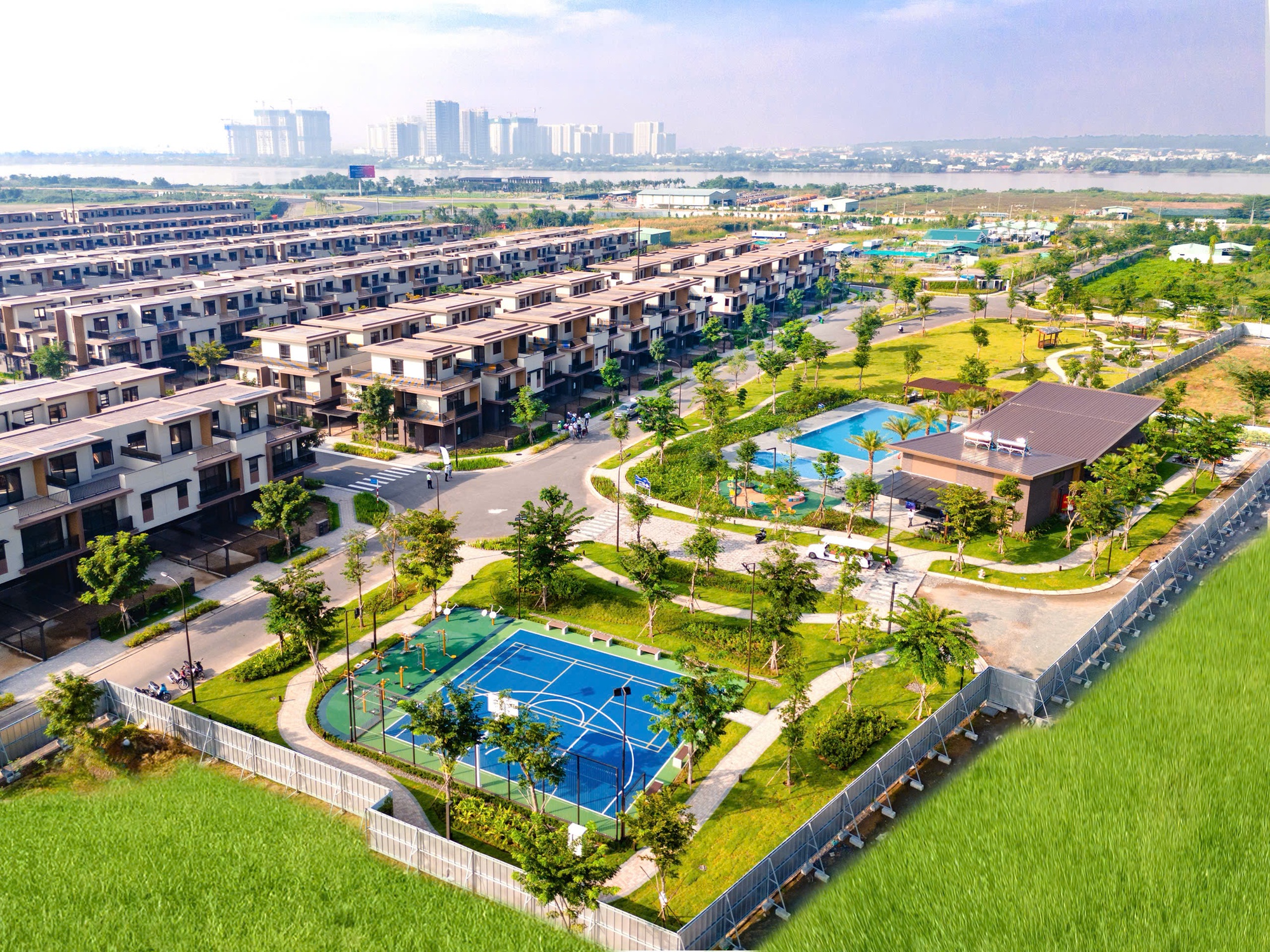
A corner of the Paragon Dai Phuoc project (in Dong Nai province) recently sold by Nam Long to Nishi Nippon Railroad
Notably, Vinaconex Group sold 70% of its shares in Vinaconex ITC (investor of the 172-hectare Cat Ba Amatina urban tourism project in Hai Phong) to three domestic investors for an estimated $250-300 million. Gateway Thu Thiem, a member of Huong Viet Holdings, spent more than VND 2,600 billion to acquire 42% of Nam Rach Chiec JSC’s shares from Keppel Land (Singapore), thereby holding the rights to the Palm City project – a 30-hectare complex urban area in Ho Chi Minh City.
Another notable transaction came from UOA Group, a leading Malaysian real estate conglomerate. Through its subsidiary UOA Vietnam, the company spent $68 million (approximately VND 1,700 billion) to acquire all the shares of VIAS Hong Ngoc Bao. The deal is expected to be completed in September, giving UOA the right to develop a golden land plot of over 2,000 sq. m. on Vo Thi Sau Street, opposite Le Van Tam Park. This is a rare prime location in the center of Ho Chi Minh City, with approved planning for a 22-story building. UOA plans to develop an A-grade office project here, adding premium products to the office market facing a shortage of quality supply.
It’s not just foreign corporations; domestic enterprises are also actively participating in the M&A wave. For example, Hoa Sen Group is continuously acquiring land near Long Thanh Airport (in Dong Nai province), and Saigon Service Trading Joint Stock Company (Savico) completed the transfer of capital in the Long Hoa – Can Gio high-end residential project to GELEX Infrastructure Development JSC.
Meanwhile, KIDO Group’s leaders shared that they are calling for investment cooperation and M&A with reputable domestic and foreign partners to implement large-scale projects. The group currently owns a significant land fund, including a site of more than 15 hectares near Mui Den Do (former District 7), with a total commercial value of up to $3 billion. Several partners have initially approached and are waiting for suitable methods to officially participate.
Similarly, Dat Xanh Group has expressed its ambition to expand its land fund through M&A by actively seeking projects with complete legal procedures, large scale, and immediate implementation to shorten the time to market.
Untapped Potential
According to Giang Huynh, Director of Research & Consultancy Services, Savills Ho Chi Minh City, the merger of administrative units to streamline the number of provinces and cities to 34 since July 1, 2025, has opened up new development opportunities and boosted investment in real estate, including M&A activities.
Meanwhile, Nguyen Le Dung, Head of Investment Consulting Services at Savills Hanoi, opined that domestic investors have recently dominated M&A transactions in terms of quantity thanks to their quick decision-making and market understanding. However, in large-scale deals, especially in high-end residential, urban areas, and industrial real estate, foreign investors still play a leading role. Typical examples include Capitaland (Singapore) acquiring a project in the former Binh Duong province from Becamex IDC for $553 million; the consortium of Sumitomo Forestry, Kumagai Gumi, and NTT Urban Development partnering with Kim Oanh Group to develop The One World project (in the former Binh Duong province); and Nishi Nippon Railroad buying a 25% stake in the Paragon Dai Phuoc project (in Dong Nai province) from Nam Long.
According to Vo Hong Thang, Deputy General Director of DKRA Group, M&A activities have been vibrant since the beginning of the year. Statistics from listed companies show that the number of publicly announced M&A projects increased by about 20-30% compared to the same period last year, and the actual figure could be higher as many deals are not disclosed.
Notably, most investors now prioritize projects with complete legal procedures or those in the final stages of completion, including old projects that have been unblocked and restarted. “It’s important to note that projects with complete legal procedures usually have high transfer prices. To approach and close deals, new companies need strong financial capabilities, development experience, and a well-established brand to create synergy post-M&A,” he emphasized.
Nguyen Le Dung believed that from now until the end of 2025, M&A activities would have many opportunities to break through thanks to legal reforms, proactive economic diplomacy strategies, and capital flows seeking sustainable value. She noted that many investment funds currently prioritize ESG (environmental, social, and governance) criteria and long-term efficiency as prerequisites, thereby promoting capital flow into green projects, industrial parks, and housing for experts.
Vo Hong Thang added that the draft amendments to the Land Law and the Real Estate Business Law of 2023 are becoming significant drivers for the market. The new regulations will simplify land retrieval procedures, improve access to “clean” land funds, and reduce legal risks for investors, especially foreign investors. He assessed that the vibrancy of M&A not only restructures the market but also helps resolve capital shortage and project inventory issues.
Pressure on Real Estate Prices
However, many experts warn that the rapid increase in large-value transactions may put pressure on real estate prices. A vibrant M&A market can drive up land and property prices, creating barriers for buyers and increasing the risk of a bubble if not properly controlled.
Moreover, when the project’s legal procedures are complete, the selling price is often so high that it exceeds the reach of many investors. Therefore, only foreign investment funds or powerful domestic developers have the advantage in successfully “closing the deal.” “For this reason, most upcoming M&A deals will focus on the high-end real estate segment, especially land funds in the center of urban areas,” Vo Hong Thang stated.
The Dream Home: Turning Your Vision into Reality at The Felix Project
In a crowded real estate market, the launch of The Felix, a C-Holdings development, coupled with ACB’s “First Home” loan package, offers a distinct advantage: it provides home buyers with a tailored financial solution. With its attractive terms, the project sold out quickly, and it is now in the stage of buyers finalizing their financial arrangements.
“Biometric Technology Slashes Bank Fraud by 60%”
The State Bank of Vietnam reported that as of August 15th, the banking industry had acquired nearly 124 million individual customer records and 1.3 million organizational customer records for entry and biometric data verification. This initiative has proven successful, resulting in a nearly 60% reduction in the number of customers falling victim to fraud and subsequent financial loss.
“Becamex IJC: Unveiling the Million-Square-Meter Land Bank and the Infrastructure Story Behind its Soaring Profits”
The southern real estate market is entering a new cycle, driven by Ho Chi Minh City’s urban expansion and infrastructure development. This shift is attracting increased attention from investors towards well-established businesses.











